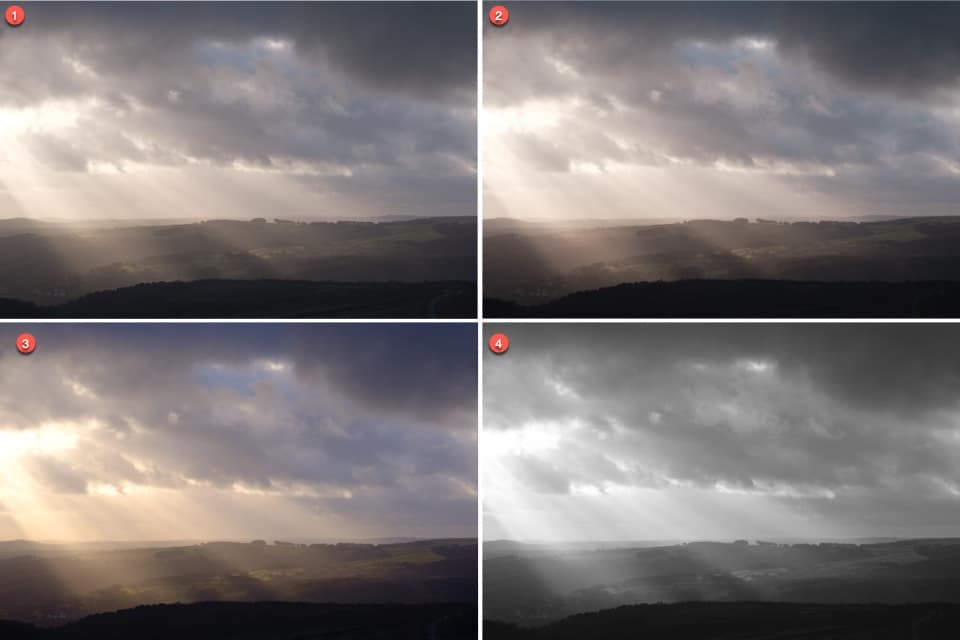

- #Picktorial supported camera profiles how to#
- #Picktorial supported camera profiles code#
- #Picktorial supported camera profiles trial#
- #Picktorial supported camera profiles windows#
Settings = new MediaCaptureInitializationSettings() IReadOnlyList profileList = MediaCapture.FindKnownVideoProfiles( Find a device that support VariablePhotoSequence

MediaCaptureInitializationSettings settings = null įoreach (MediaFrameSourceGroup sg in sourceGroups) IReadOnlyList sourceGroups = await MediaFrameSourceGroup.FindAllAsync() private async Task GetKnownVideoProfile(KnownVideoProfile knownVideoProfile) Pass KnownVideoProfile.VariablePhotoSequence to get settings that support variable photo sequence. So, for example, you could pass the value KnownVideoProfile.HdrWithWcgVideo into this method to get media capture settings that support HDR video. If a profile that meets the criteria is found, create a new MediaCaptureInitializationSettings object and set the VideoProfile to the select profile and the VideoDeviceId to the Id property of the current media frame source group. Loop through each source group and call MediaCapture.FindKnownVideoProfiles to get a list of all of the video profiles for the current source group that support the specified profile, in this case HDR with WCG photo. First, call MediaFrameSourceGroup.FindAllAsync to get a list of all media frame source groups available on the current device.
#Picktorial supported camera profiles how to#
The example method below shows how to use MediaFrameSourceGroup objects to find a camera profile that supports a known video profile, such as one that supports HDR or variable photo sequence. For more information on using MediaFrameSourceGroup, see Process media frames with MediaFrameReader. This enables computational photography scenarios such as using depth and color cameras together, but can also be used to select camera profiles for simple capture scenarios. Frame source groups allow device manufacturers to represent groups of sensors or capture capabilities as a single virtual device.
#Picktorial supported camera profiles windows#
Starting with Windows 10, version 1803, you can use the MediaFrameSourceGroup class to get camera profiles with specific capabilities before initializing the MediaCapture object. Use media frame source groups to get profiles await _mediaCapture.InitializeAsync(mediaInitSettings) MediaInitSettings.VideoProfile = profiles Īfter you populate the MediaCaptureInitializationSettings with your desired camera profile, you simply call InitializeAsync on your media capture object to configure it to the desired profile. Could not locate a WVGA 30FPS profile, use default video recording profile MediaInitSettings.RecordMediaDescription = sc MediaInitSettings.VideoProfile = match.profile var mediaInitSettings = new MediaCaptureInitializationSettings ).FirstOrDefault()
#Picktorial supported camera profiles trial#
This eliminates the need for a trial and error approach to determining which combinations of capabilities are supported on a particular device. When you select a supported profile, you know that the capture device supports all of the capabilities in the profile's media descriptions. A camera profile, represented by a MediaCaptureVideoProfile object, has three collections of media descriptions one for photo capture, one for video capture, and another for video preview.īefore initializing your MediaCapture object, you can query the capture devices on the current device to see what profiles are supported. The Universal Windows Platform (UWP) media capture framework stores this set of capabilities in a MediaCaptureVideoProfileMediaDescription.
#Picktorial supported camera profiles code#
The code in this article assumes that your app already has an instance of MediaCapture that has been properly initialized.Ĭameras on different devices support different capabilities including the set of supported capture resolutions, frame rate for video captures, and whether HDR or variable frame rate captures are supported. It is recommended that you familiarize yourself with the basic media capture pattern in that article before moving on to more advanced capture scenarios. This article builds on concepts and code discussed in Basic photo, video, and audio capture with MediaCapture, which describes the steps for implementing basic photo and video capture.


 0 kommentar(er)
0 kommentar(er)
